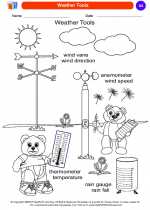Craft
Craft is a form of creative activity that involves making tangible objects by hand. It can include a wide range of activities such as painting, drawing, sculpting, sewing, knitting, woodworking, and more. Engaging in craft activities can have numerous educational and developmental benefits for children, including the opportunity to express creativity, develop fine motor skills, and learn about different materials and techniques.
Types of Craft Activities
There are many different types of craft activities that children can engage in. Some popular options include:
- Drawing and Coloring
- Painting
- Sculpting with Clay or Playdough
- Collage Making
- Origami and Paper Crafts
- Textile Crafts such as Sewing and Knitting
- Woodworking and Construction
Benefits of Craft for Children
Engaging in craft activities can have a range of positive effects on children's development, including:
- Enhancement of Fine Motor Skills
- Encouragement of Creativity and Self-Expression
- Development of Patience and Perseverance
- Opportunities for Learning about Different Materials and Techniques
- Promotion of Focus and Concentration
- Boosting of Self-Esteem through the Creation of Personalized Artwork
Study Guide
To explore the topic of craft with your students, consider the following activities and discussion points:
- Plan a Craft Session: Organize a craft session where students can choose from a variety of craft activities such as painting, drawing, or sculpting. Encourage them to express their creativity and discuss their creations afterward.
- Material Exploration: Provide different craft materials such as paper, fabric, clay, and wood for students to touch, feel, and explore. Discuss the properties of each material and how they can be used in crafting.
- Art History: Introduce students to famous artists and craftsmen throughout history and their notable works. Discuss the impact of these artists on the world of craft and art.
- Craft Techniques: Demonstrate various craft techniques such as weaving, paper folding, or stitching. Allow students to practice these techniques and create their own small projects.
◂Science Worksheets and Study Guides Kindergarten. Weather
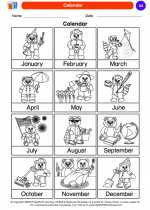
 Coloring Worksheet
Coloring Worksheet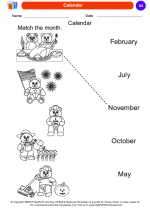
 Coloring Worksheet
Coloring Worksheet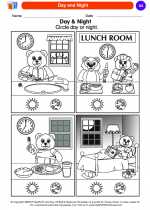
 Coloring Worksheet
Coloring Worksheet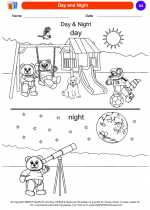
 Coloring Worksheet
Coloring Worksheet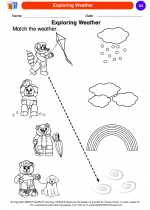
 Coloring Worksheet
Coloring Worksheet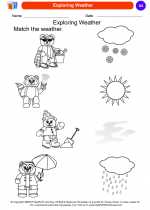
 Coloring Worksheet
Coloring Worksheet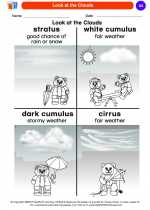
 Coloring Worksheet
Coloring Worksheet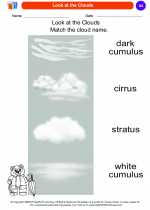
 Coloring Worksheet
Coloring Worksheet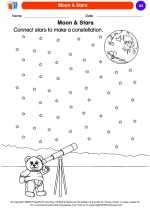
 Coloring Worksheet
Coloring Worksheet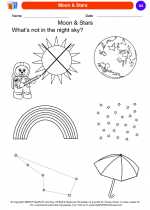
 Coloring Worksheet
Coloring Worksheet
 Coloring Worksheet
Coloring Worksheet
 Coloring Worksheet
Coloring Worksheet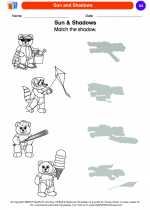
 Coloring Worksheet
Coloring Worksheet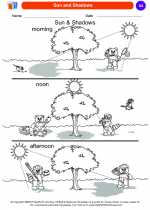
 Coloring Worksheet
Coloring Worksheet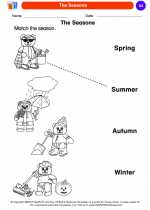
 Coloring Worksheet
Coloring Worksheet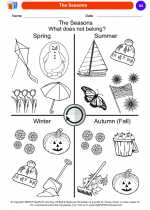
 Coloring Worksheet
Coloring Worksheet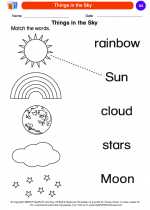
 Coloring Worksheet
Coloring Worksheet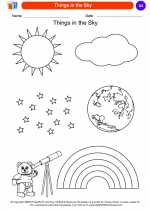
 Coloring Worksheet
Coloring Worksheet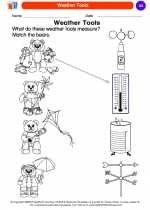
 Coloring Worksheet
Coloring Worksheet